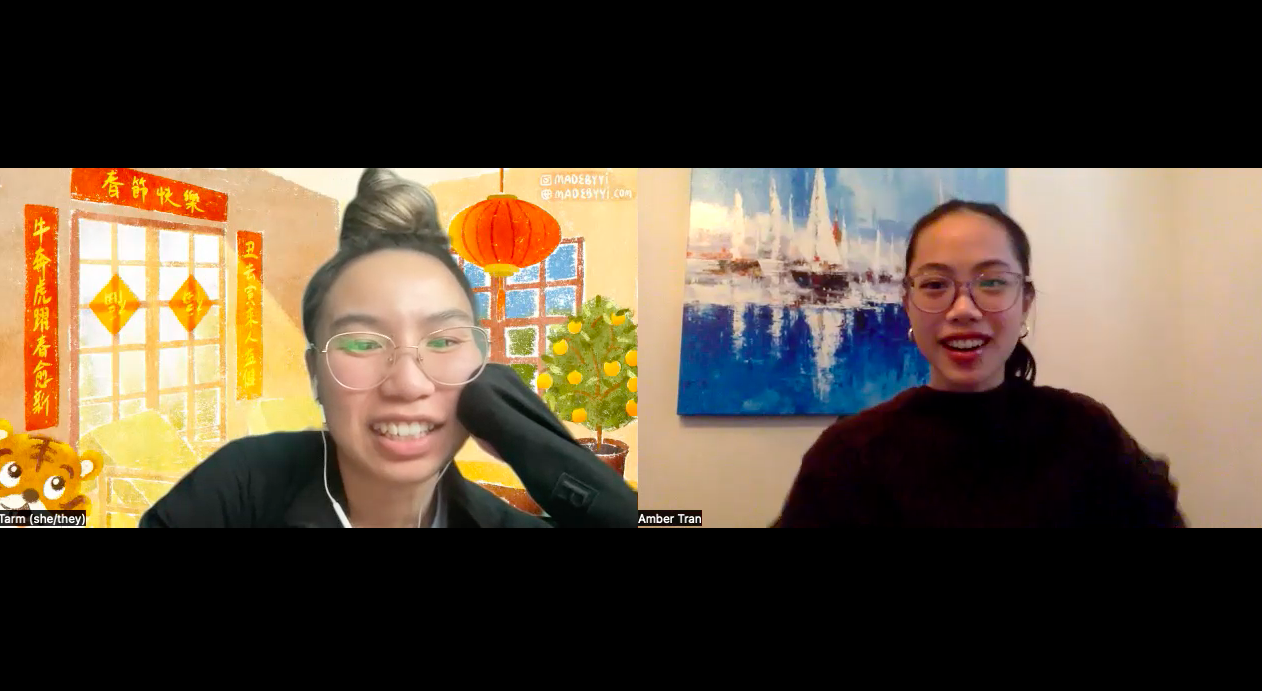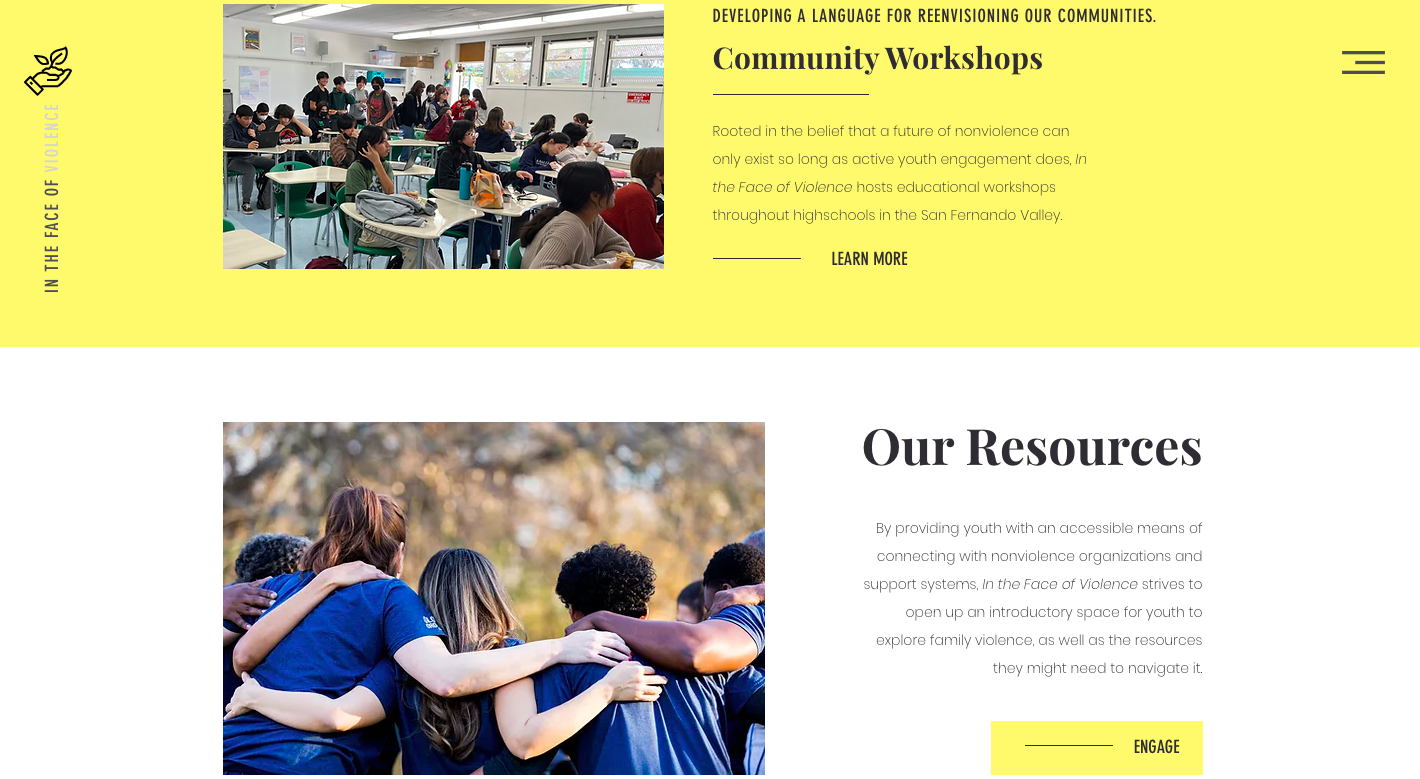Rooted Leader: Amber
Addressing AAPI Family Violence
As youth, how can we prevent and mitigate the effects of AAPI family violence in an intersectional, culturally-responsive manner?
Amber wanted to understand how youth can get involved with prevention and intervention in the issue of family violence in the AAPI community. Continue scrolling to see what she learned!
““It’s an essential thing I do in my line work— reminding these survivors that they are not at fault; that they are worthy of care and healing.””
KEY STAKEHOLDERS
Constituents: High Schoolers in the San Fernando Valley
Recognizing the importance of involving youth in discussions surrounding AAPI family violence, Amber identified high school students as constituents in her community action plan. To maximize youth engagement, Amber is developing course material specifically organized to ensure her curriculum is approachable but still comprehensive. By hosting educational workshops in local high schools, Amber intends to introduce AAPI youth to the language, discourses, and resources they need to grapple with these topics, unshackled by judgment or stigma.
Ally: Asian Mental Health & Nonviolence Organizations
To help further contextualize the issue of AAPI family violence, Amber identified and spoke to allies within her community. She sought help from NGOs like the Center for the Pacific Asian Family (CPAF) and the Asian Mental Health Project (AMHP). Interviewing various experts from the organizations, Amber explored questions of the protective and risk factors of AAPI culture, the role of intergenerational trauma in perpetuating family violence, and stigma surrounding mental health in AAPI culture.
Key Decision Maker: School Administrators
Amber intends to expand her educational workshops to schools beyond her immediate community. This necessitates conversations with both students and administrators, who must firstly agree to the usage of school facilities and resources.
Read more direct quotes from the advocates Amber interviewed as part of her research:
RECOMMENDATIONS
Check out Amber’s recommendations on how to continue the work of violence prevention in AAPI communities.
Take a youth-based approach to preventing AAPI family violence. Through my community workshops, I was able to talk to youth as peers rather than administrators, providing them with a space to engage freely with usually stigmatized topics. Perhaps more than any other generation, youth today have been granted the tools and awareness to explore the question of what it means to both exist in cycles of trauma and violence and to break them. For this reason, breaking cycles of violence in AAPI communities begins with our youth.
Offer educational resources to facilitate discussion. As I conducted a literature review and interviewed key stakeholders for my research, I noticed a consistent emphasis on education as a primary prevention method. Further understanding that preventing AAPI family violence can occur on both a systemic and individual scale, I developed resources specifically with the intention of fostering individual growth and understanding. When creating In the Face of Violence, a digital platform dedicated to raising youth-based awareness of AAPI family violence, I developed 3 main areas of focus: Discussion/Education, Community Workshops, and Resource Distribution. All three prongs recognized that change on all levels demands, first and foremost, discussion.
Evaluate the topic through an intersectional lens. From dynamic to dynamic, the implications and causes of AAPI family violence will shift considerably, thus negating a standardized "one-size-fits-all" approach. When evaluating and responding to scholarly articles, I took note of disparities in research, considering the ways that a lack of gender, race, and class analysis may have limited a journal's scope. Therefore, as I develop the curriculum for In the Face of Violence's education prong, I actively strive to incorporate works which consider the above factors as central themes-- not as afterthoughts. With this in mind, our curriculum will cover the topics of: AAPI Family Violence: An Overview, The Intersections Between Gender-Based Violence and Family Violence, and Understanding the Impacts of Mental Health & Trauma on Family Violence.
Uplift and collaborate with organizations already doing the work of reducing family violence in AAPI communities. In developing my community action plan, I understood the importance of collaborating with identified allies. However, at the time, I didn't realize exactly how extensive these networks of support were. A crucial part of any comprehensive prevention effort is providing support for those impacted-- support which often takes form in resources granted by already-existing NGOs.









